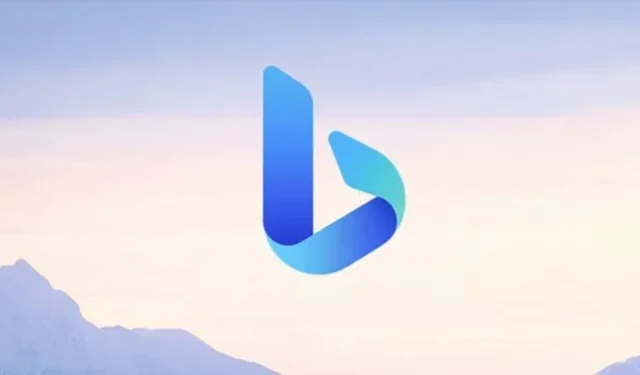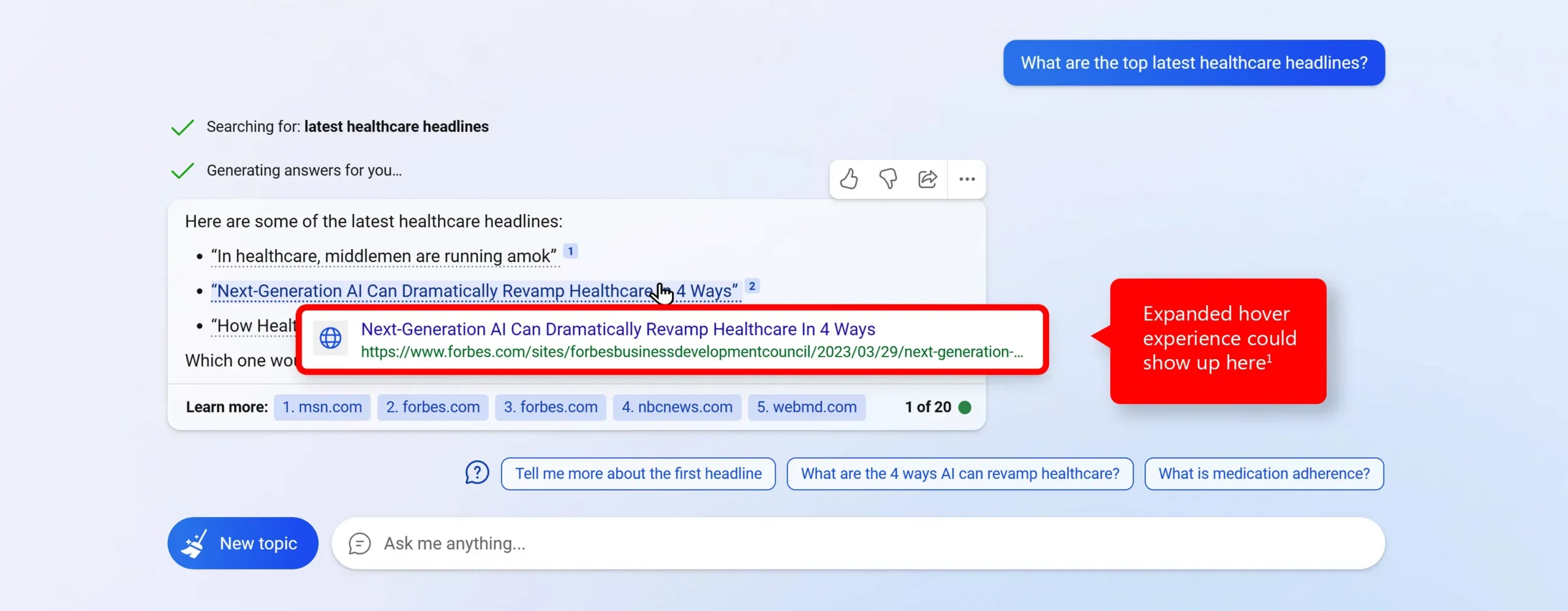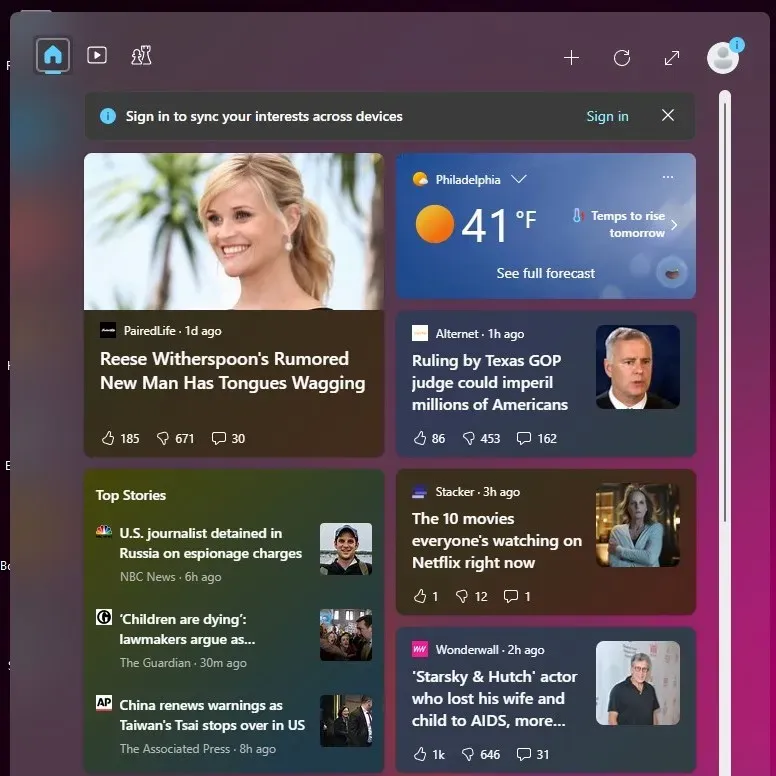The Bing AI chatbot will have ads, like all Microsoft products.

Microsoft has spent a lot of time and energy over the past few months adding generative AI features to all of its products, especially its long-standing and long-struggling search engine, Bing. And now the company is working to pair this fast-paced, sometimes unsettling new technology with some old headaches: advertising.
In a blog post earlier this week, Microsoft VP Yusuf Mehdi said the company is “exploring chat ads,”one of several things the company is doing “to share ad revenue with partners whose content contributed answer in chat. The company is also looking at ways to allow Bing Chat to show sources for their work, much like how Google, Bing and other search engines display a link to the source below pieces of information they think may answer your question.

Sharing ad revenue with partners is an attempt to solve the looming supply and demand problem for AI-powered chatbots that dig the web for answers to user queries—someone has to create the content that Bing Chat uses to formulate its answers. If AI chatbots make content creation less profitable, AI chatbots are left with less information to sift through, making it even harder for AI chatbots to do what they are trying to do.
The problem with advertising in Bing Chat isn’t necessarily Microsoft’s stated intent to drive traffic to content creators, but what we already know about the kinds of editorial content and advertising Microsoft chooses to highlight in its existing software and services.
Open the default news homepage in Edge or the Widgets menu in Windows 11, and you’ll often see high- and medium-quality news from authoritative sources. But much more often, especially if you’re not signed into a Microsoft account and haven’t made any effort to customize the look of your feeds, these areas are littered with weird listings, celebrity gossip, health and finance-related clickbait, and (in one case) top spoilers for Star Trek: Picard.

The quality of these articles is not necessarily Microsoft’s fault; this is exactly the kind of stuff that has thrived in a low-effort, SEO-focused, ad-supported media environment. But regardless of why they exist, displaying such articles does little to add value to the user in Edge or Windows. It’s hard to imagine that such content would benefit Bing Chat for both users and publishers alike.
Another problem, especially with Microsoft, is ad fatigue.
Ads are an integral part of the Microsoft experience, appearing in the Windows 11 Search and Widgets menu, in the Microsoft Store, and even on the lock screen you see before logging into your computer. The company has long advertised its own products and services (Edge and Bing, as well as OneDrive and Microsoft 365) in the Windows 11 Settings app and Windows Explorer, and has also tested them in the operating system’s login menu. You will occasionally be reminded to switch to using Edge as your default browser and Bing as your default search engine, especially after major updates. Several third-party apps, including Spotify, Prime Video, TikTok, and Instagram, automatically download on new Windows 11 PCs once they’re connected to the internet.
Taken individually, none of these things make Windows impossible to use. Most of them can be ignored, removed or disabled. But collectively, they are a pain, and the company seems to be constantly testing new ways to add another layer on top of all existing layers. Microsoft has done a great job of making Windows 11 the most consistent and visually unified version of Windows in a long time – it’s a shame it has so many ads, unnecessary news feeds, and reminders to use other Microsoft products.
Leave a Reply